Taking the Stagecoach to Litchfield
Connecticut’s roads did not always look like they do today. The first roads started as trails made by Native Americans and the early settlers. They were bumpy dirt paths, full of ruts and rocks.
In 1715, John Marsh and Thomas Seymour set out from Hartford on horseback. They were exploring the idea of settling a new town. They traveled on roads as far as Farmington. Then the roads turned to Native American paths. They rode along the Naugatuck River. They crossed ridges and skirted swamps. They crossed streams at shallows spots.
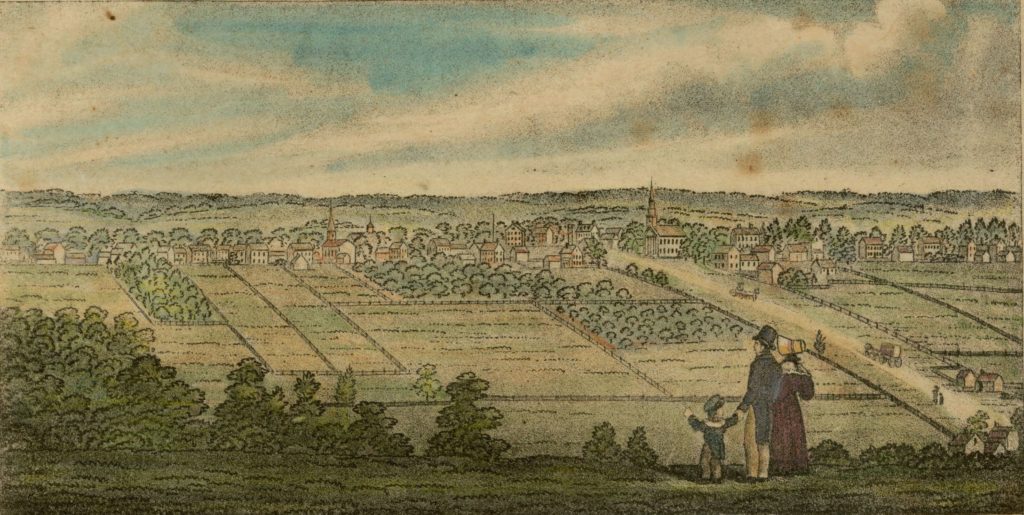
John Warner Barber’s painting of Litchfield, 1836. Litchfield Historical Society
They saw the land that would become Litchfield. Almost a century later, Litchfield had become the fourth largest town in Connecticut. One of the first major roadways in Connecticut ran through Litchfield. That road ran from Boston to Hartford to New York. Litchfield was a busy place by 1810.

Detail of the stagecoach routes that passed through Litchfield. From F.J. Wood, The Turnpikes or New England, 1919
As Litchfield grew it needed better roads linking it to other places. Litchfield was named a county seat and had a courthouse in 1751. Taverns opened. In 1791, a post office was established in Litchfield, a year before the U.S. postal service was established. Mail was carried by horse to Hartford once a week. Mail was carried twice a month to New York City.
Travelers needed places to spend the night. Taverns and inns provided meals and sleeping rooms for overnight guests. Below is a picture of Sheldon’s Tavern in Litchfield today. Our first president, George Washington, spent the night there.
There was an economic boom after the American Revolution. Farmers used the roads to send goods to other towns. Products were sent to New Haven, Hartford, and New York. Litchfield was at the center of a spider web of turnpikes.
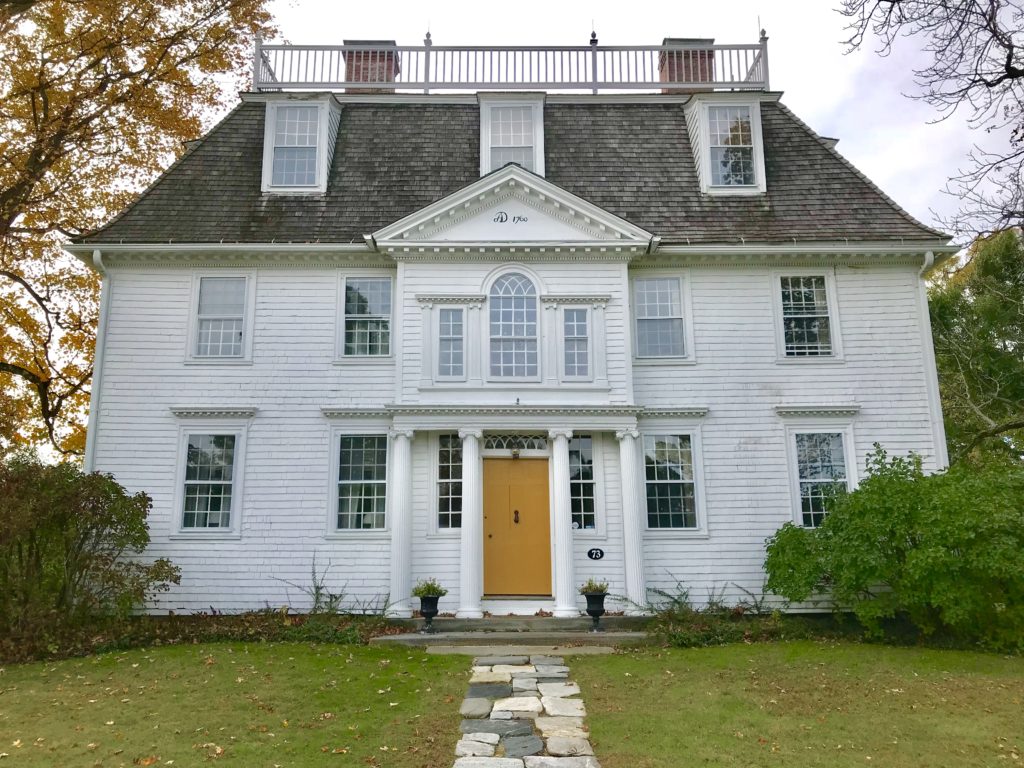
George Washington slept here! The Elisha Sheldon House in Litchfield. It was built in 1760. It was a tavern serving travelers. photo: Mary M. Donohue
Traveling by Stagecoach
In the late 1700s and early 1800s, students came to Litchfield to attend two schools. Tapping Reeve’s Litchfield Law School was America’s first law school. Sarah Pierce’s Litchfield Female Academy was a school for young women. Young men and women came from all over the country to study at these well-known schools. They came by stagecoach.
Today, you could drive from New Haven or Hartford to Litchfield in an hour. On a stagecoach, the same trip could take more than 12 hours. Most stagecoaches traveled four to five miles an hour. The horses would get tired. Fresh horses took over from weary horses every 10 miles.
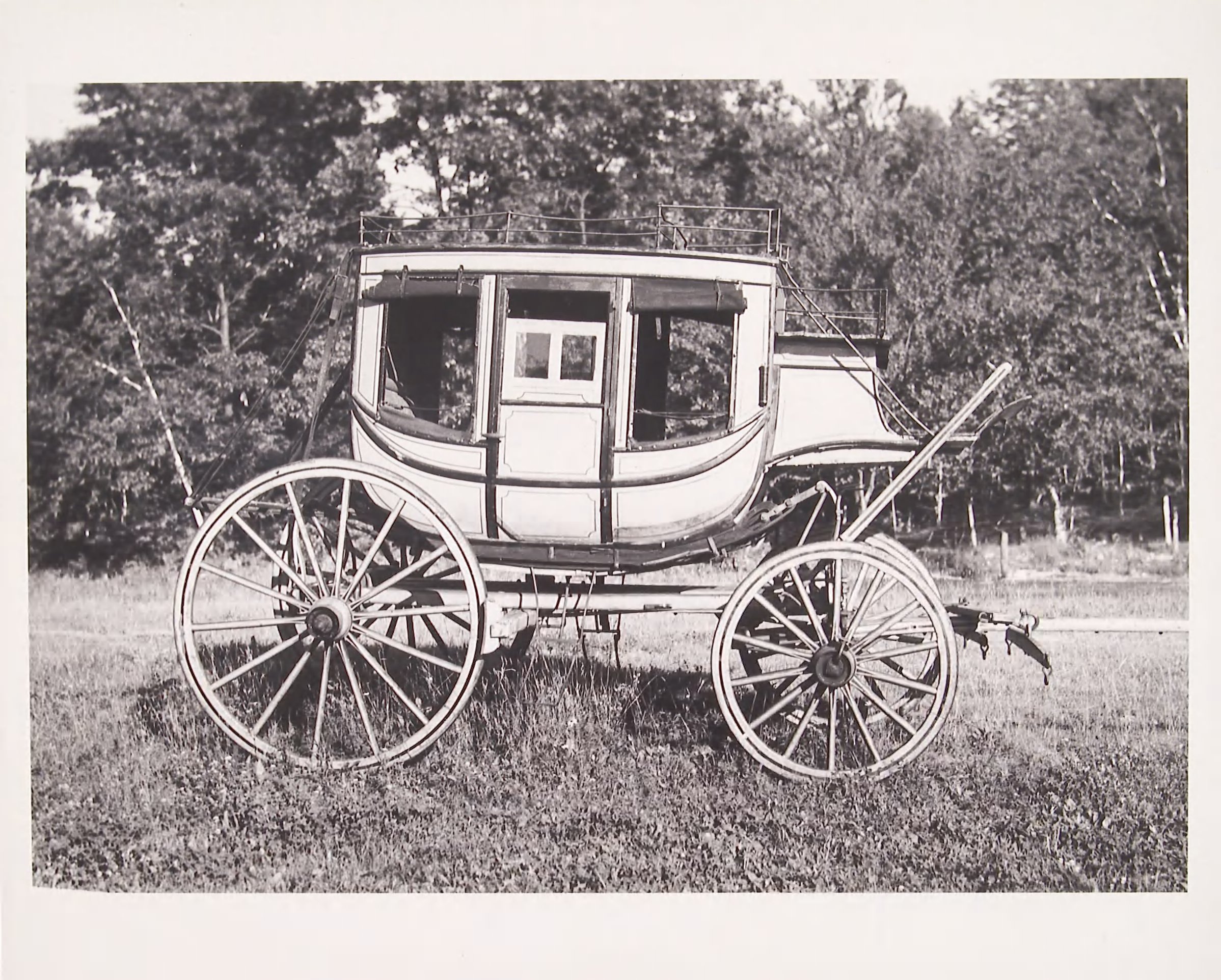
Connecticut State Library
A trip by stagecoach often started very early in the morning. Sometimes coaches left as early as 3 a.m. Passengers relied on stagecoach drivers to get them to their destination safely. The drivers had to be strong, and they had to manage the horses over rough roads. They had to load and unload the passengers’ luggage.
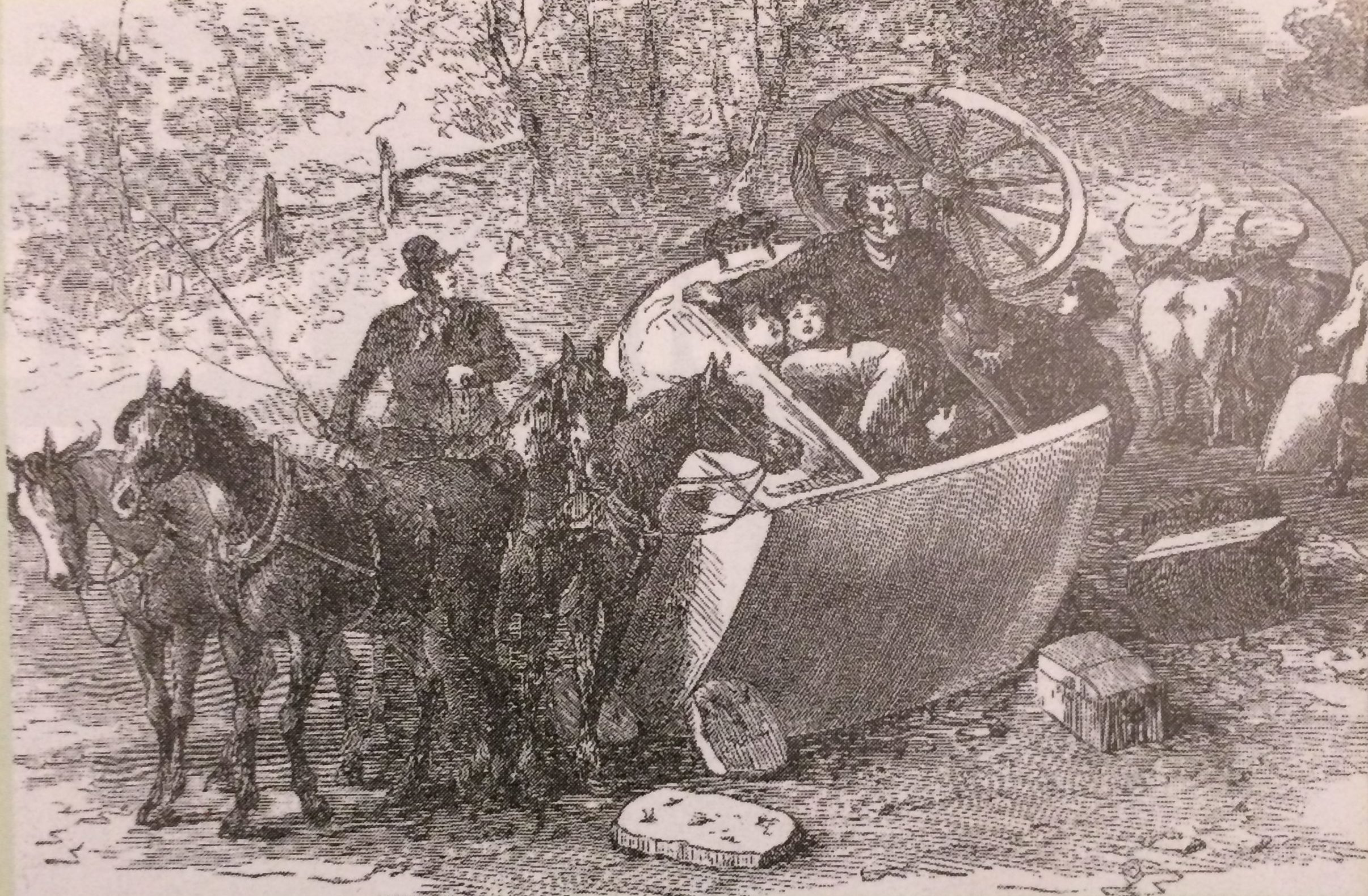
“Breakdown on Litchfield Hill,” Litchfield Historical Society, from “Litchfield’s Fortunes Hitched to the Stagecoach” by Lynne Brickley, Connecticut Explored, Spring 2008
Traveling by stagecoach was expensive. Passengers had to pay for the ride, meals, and overnight stays at inns along the way. Students at the Litchfield Law School spent more money traveling to Litchfield by stagecoach than they did on their education. Many students spent several years away from home. It was too difficult and expensive to go home for a visit.
Railroads began to be built in the 1830s. People stopped travelling as much by stagecoach. Litchfield sits on top of a hill. Railroads are usually built in flat areas such as river valleys. The railroad passed by Litchfield. Today Litchfield is a small, quiet town. For a time, the stagecoach made it a busy one.
Adapted from “Litchfield’s Fortunes Hitched to the Stagecoach” by Lynne Brickley, Connecticut Explored, Spring 2008
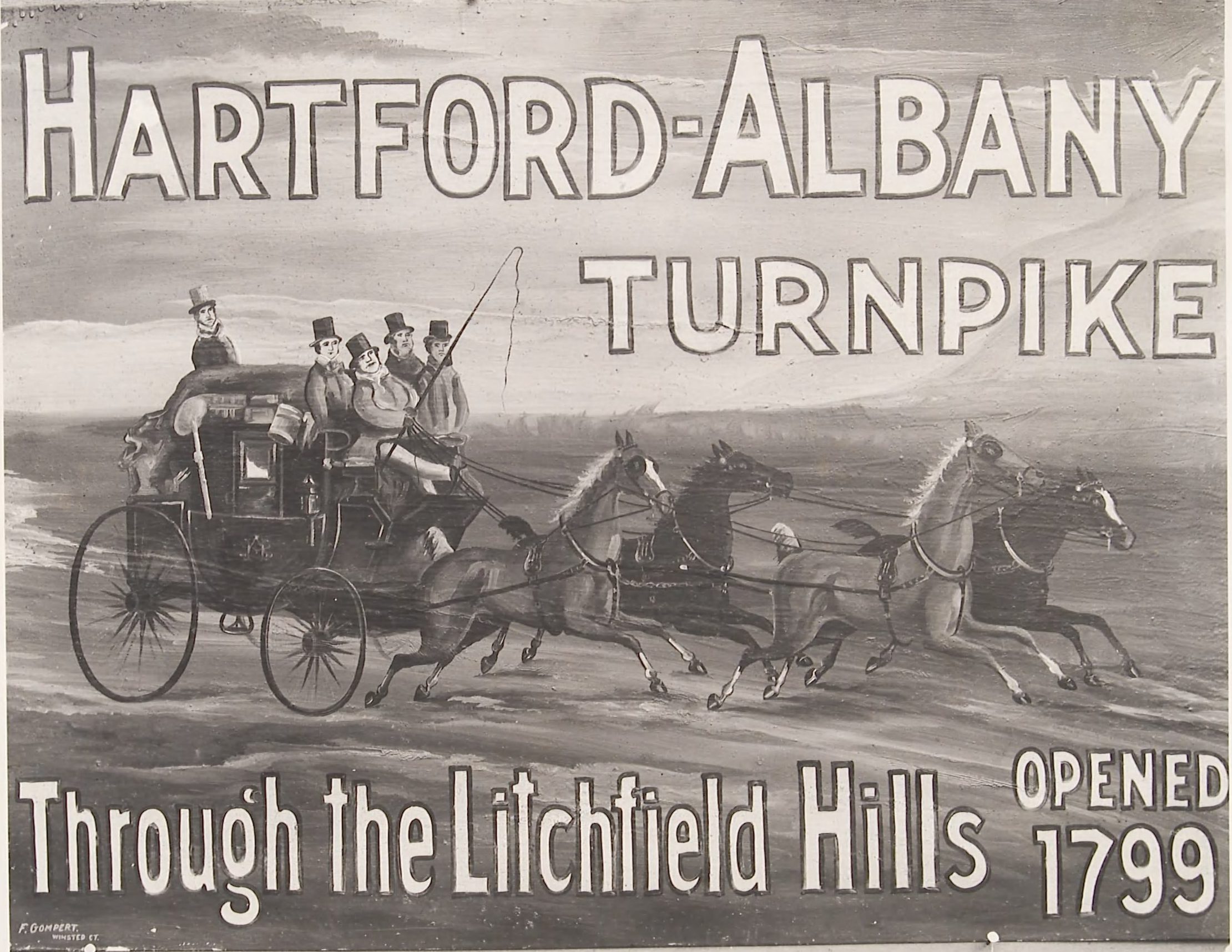
Advertisement for the Hartford Albany Turnpike. State Archives, Connecticut State Library







